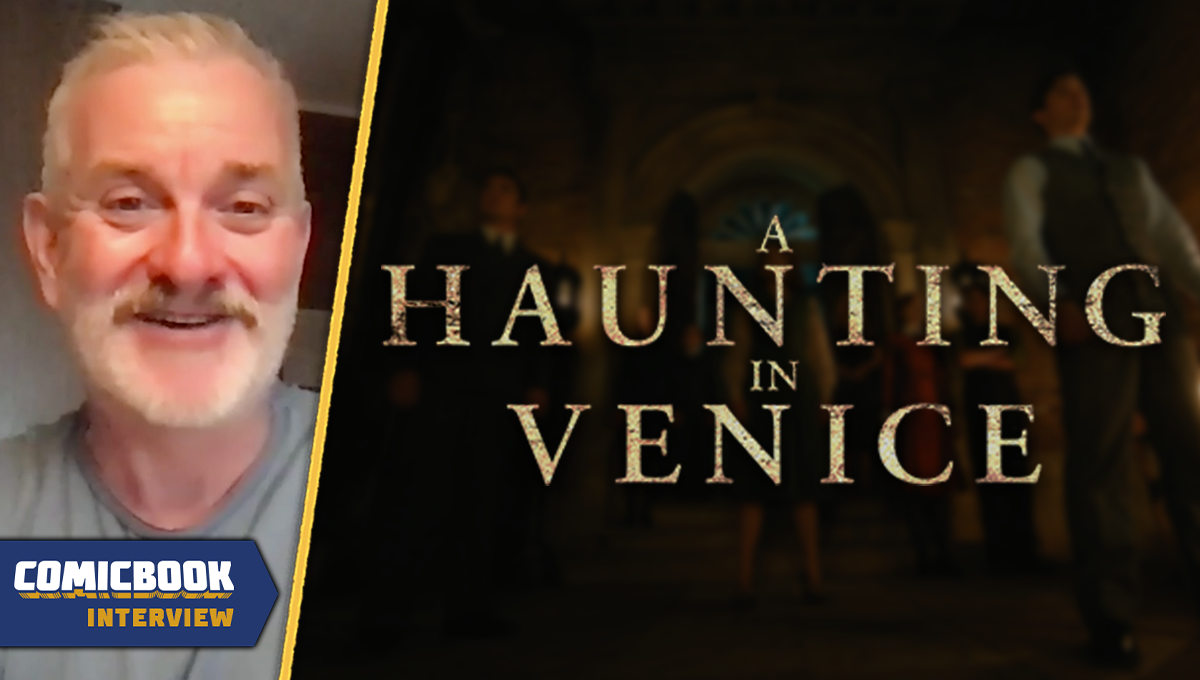A Haunting in Venice: Production Designer Reveals What Makes Film's Setting "Very Rare" (Exclusive)
Unlike its predecessors, A Haunting in Venice takes place in one location.
A Haunting in Venice brings Hercule Poirot back to his roots. Previous installments Murder on the Orient Express (2017) and Death on the Nile (2022) were largely confined to a singular train and cruise ship, respectively, but both did have the luxury of exploring the wider world around them. Come this threequel, Kenneth Branagh's leading detective unravels his latest mystery from a singular home. This gothic-style building finds itself in the heart of Venice, right outside the city's famous waterways, and echoes the same chilling sensation of haunted house movies of old. That said, A Haunting in Venice did require that the location be flexible.
A Haunting in Venice's Claustrophobic, Yet Spacious, Setting

Despite being confined to one setting, A Haunting in Venice managed to bring both claustrophobia and spaciousness to the same building. When ComicBook.com's Liam Crowley brought this to production designer John Paul Kelly's attention, Kelly noted that that reaction was the team's goal.
"That was exactly the emotion we were going for. I'm really glad you reacted to it in that way," Kelly told ComicBook.com. "We were very conscious and it was, I think the first conversation Ken [Branagh] and I had really about it after the practicalities of having to build versus go to location, because you were in one space for so long that you needed to be able to move through the emotional journey with the story and the character. It was about a world of revelation. You were finding out more and more all the time, but also you were finding out more and more about this house."
Unlike the franchise's predecessors, A Haunting in Venice toys with elements of horror. Kelly allowed that sub-genre to reflect in the house, adding that he enjoyed mixing in classic spooky tropes.
"We really like the idea of being able to lean on the kind of more traditional and scary movie cliches. Dank basements, dripping walls, chains and crumbling staircases and so on, which is very true to the real Venice," Kelly continued. "There's lots of ways of being scared. The idea of being kind of surrounded by books and hidden in a library, but then suddenly leaving that space and, and being in a huge dark hallway where it's poorly lit. We like the idea of that feeling, that it felt almost like a an enchanted forest type reference. We really worked quite hard at not having a kind of a one trick pony when it came to this house."
Alongside those horror hints comes some supernatural subtly, consequently making A Haunting in Venice's location all the more crucial.
"The house itself had a prominence that is very rare for me as a designer because it's potentially it's one of the suspects in the film," Kelly added. "In the case of A Haunting in Venice, it kind of sits alongside the actors as one of the guys who could have done it."
A Haunting in Venice is now in theaters.
0comments